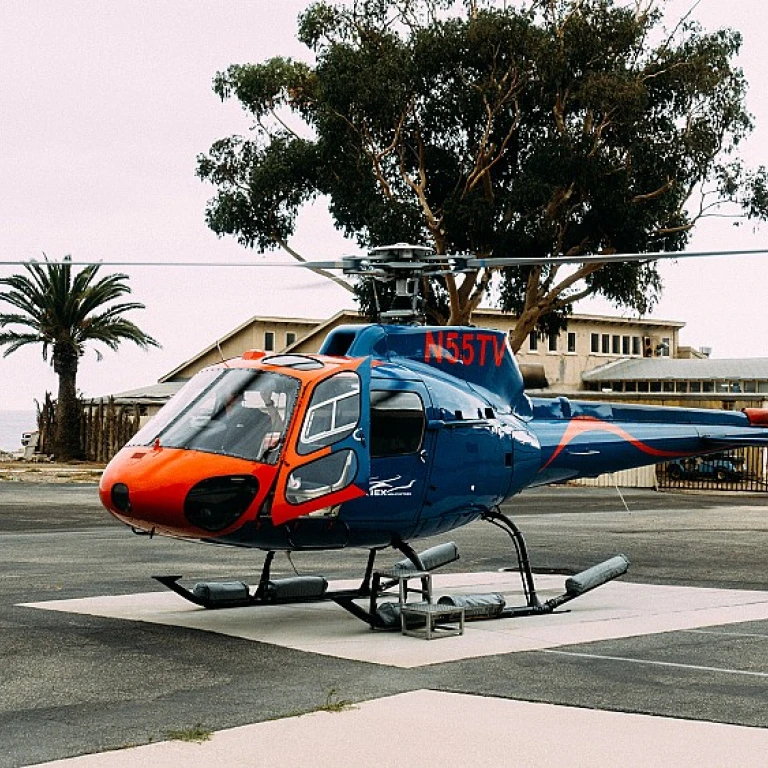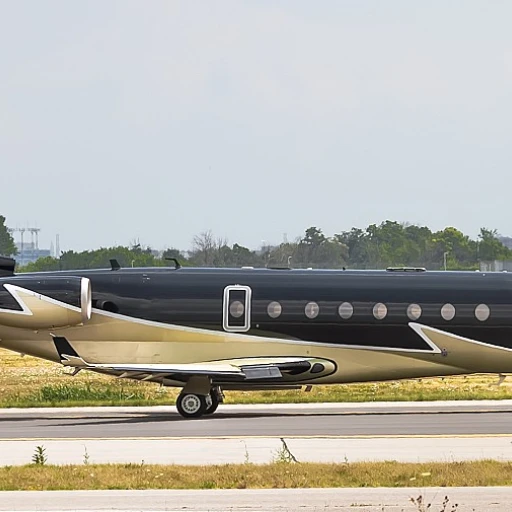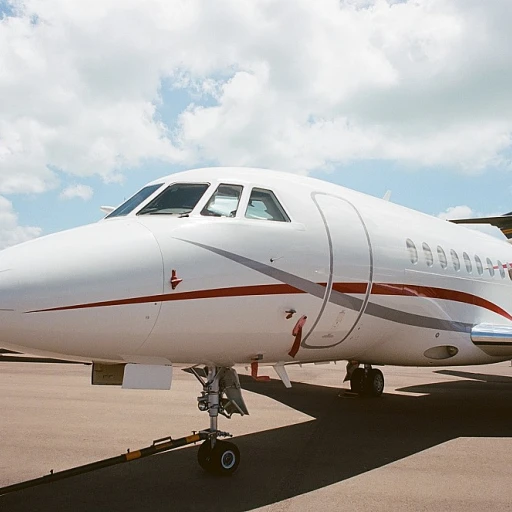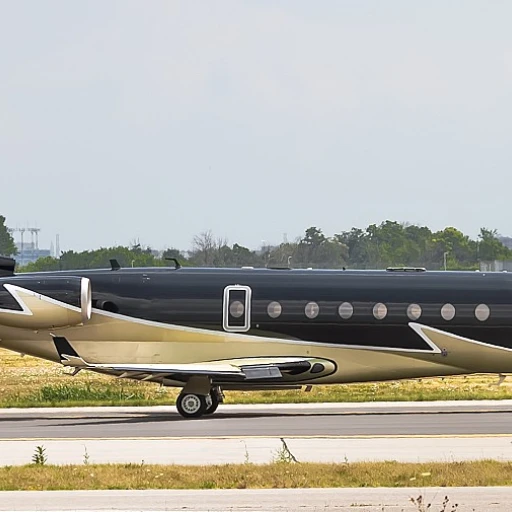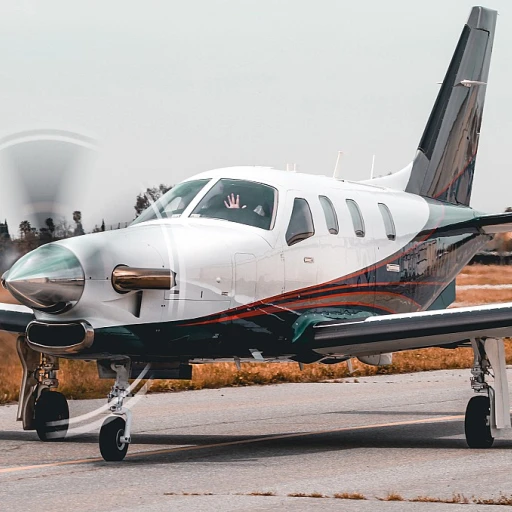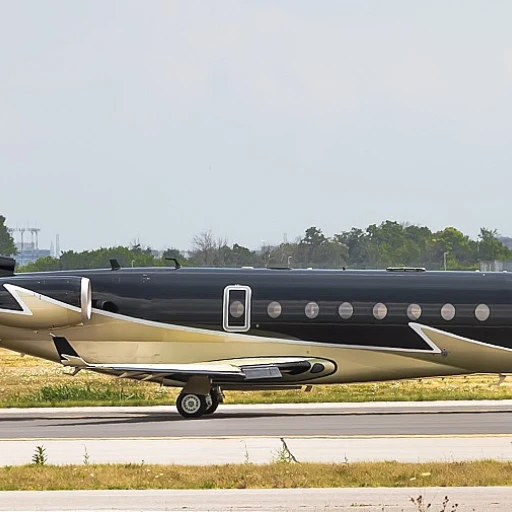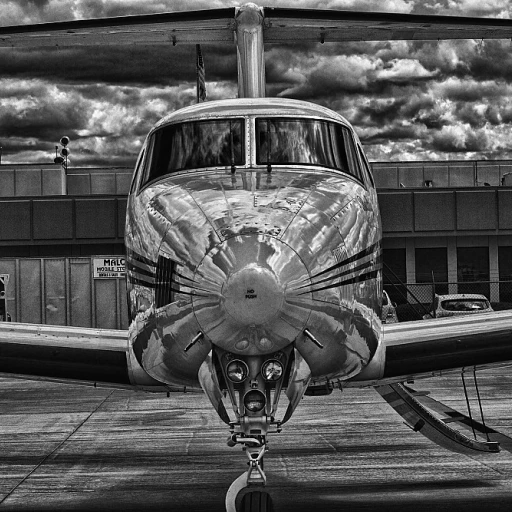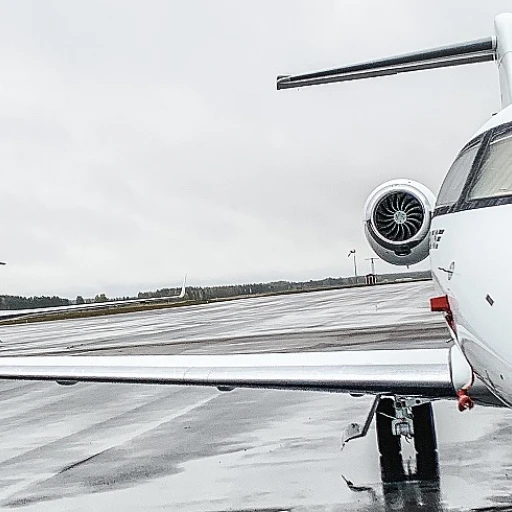
Understanding Medical Jets
Introducing Medical Jets in Healthcare
Medical jets have become a crucial component in the modern healthcare landscape, bridging gaps in urgent care by offering critical life-saving services. Known for their pivotal role in emergency medical situations, these aircraft are mobilized for quick and efficient patient transport. Medical jets, often referred to as air ambulances, provide tailored medical flight services. Unlike traditional air travel, these flights are equipped to handle various patient needs, offering a moving platform for healthcare delivery. They can be quickly deployed to remote or underserved areas, ensuring timely medical attention. A distinguishing feature of medical jets is their ability to perform a medical evacuation, which is vital during crises where ground transport may be impractical. From transporting critical organ donations to repatriating patients in need of specialized care, these services have revolutionized patient transport standards. These jets are well-suited for emergency situations, often offering sea level cabin pressure to cater to patients with specific medical requirements. With continuous advancements in air medical technology, medical jet operations are increasingly efficient, catering to the immediate needs of patients and healthcare providers alike. If you're interested in exploring medical air services further, such as MedEvac or organ transport, resources like this comprehensive guide on Citation Ultra Jets might offer insights into the capabilities and applications of similar private jet services.Key Features and Equipment
Essential Equipment and Features of Medical Jets
Medical jets are not just ordinary aircraft; they are specially equipped to handle critical medical situations during flight. These air ambulances are designed to provide comprehensive care, ensuring that patients receive the same level of attention as they would in a hospital setting.
- Advanced Life Support Systems: Medical jets are equipped with advanced life support systems, including ventilators, defibrillators, and monitoring equipment. This ensures that patients in critical condition receive continuous care.
- Specialized Medical Staff: A team of trained medical professionals, including flight nurses and paramedics, accompanies each flight. Their expertise is crucial in providing bedside care and managing emergencies during air travel.
- Customizable Interiors: The interiors of medical jets can be customized to accommodate various medical needs. This includes adjustable beds, medical storage units, and specialized lighting to facilitate medical procedures.
- Communication Systems: Advanced communication systems enable real-time contact with ground medical teams, ensuring seamless coordination during medical transport.
- Organ Transport Capabilities: Medical jets often play a vital role in organ transport, ensuring organs are delivered quickly and safely to save lives.
Medical jets are designed to provide a seamless transition from ground to air medical care, ensuring that patients receive uninterrupted attention. These aircraft are crucial in emergency medical situations, offering a reliable solution for medical evacuation and repatriation. For more insights on the versatile capabilities of medical aircraft, explore the versatility of the Cessna Conquest II.
Benefits of Medical Jets in Emergency Situations
Benefits in High-Stakes Medical Scenarios
Medical jets offer critical advantages in emergency situations, providing rapid air ambulance services that are often lifesaving. These specialized aircraft are meticulously equipped to handle medical evacuations and urgent medical flights, allowing patients to receive expedited care. Patients requiring immediate transport benefit from the swift and efficient service that medical jets afford. As a crucial component of air medical services, these flights drastically reduce travel time compared to traditional ground transportation. In emergencies where every minute counts, this time-saving aspect can mean the difference between life and death. Moreover, these flights are manned by experienced medical escorts who deliver high-quality care during transit. The medical personnel onboard ensure that patients receive continuous monitoring and necessary interventions, making the transition from bedside to flight, and finally to the receiving healthcare facility, seamless. Medical jets are also pivotal in complex procedures like organ transport, ensuring that both organ and accompanying medical teams arrive promptly, maximizing the viability of the transplant. The ability of a medical air service to reach remote or inaccessible locations is another significant benefit. In cases where patients are situated in areas far from hospitals or specialized medical facilities, medical jets act as a vital link in the medical transportation network. For more insights on how such aviation capabilities can enhance emergency responses, consider delving into a comprehensive guide to medical jet operations.Challenges in Medical Jet Operations
Operational Challenges Faced by Medical Jets
The role of medical jets is undeniably crucial, but this sector is not without its challenges. The complexities encountered during emergency air medical transport go beyond technical specifications and equipment.- Regulatory Compliance: Medical jet services must adhere to stringent regulations to ensure flight safety and high-quality care. Different countries have varied aviation regulations, which can complicate international medical repatriation flights.
- Weather Conditions: Navigating adverse weather conditions poses a significant risk. Quick, safe decisions made by experienced air ambulance crew members play a vital role in ensuring the patient's safe transport.
- Cost Implications: Operating a medical jet involves substantial costs, from maintenance to personnel salaries. Balancing these costs while providing affordable and accessible emergency medical services is a persistent challenge. Organizations often provide free quotes to help patients understand the financial aspects beforehand.
- Availability of Resources: Timely medical care during flights depends on the availability of specialized equipment and trained medical escorts. Ensuring that all required medical resources are on board and functional is critical.
